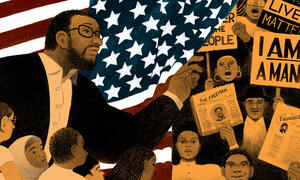text
Informational
Underwriting Manual: Underwriting and Valuation Procedure under Title II of the National Housing Act
This text contains sections of the Federal Housing Administration’s underwriting manual that detail valuations of property based on racial factors.
July 18, 2022

